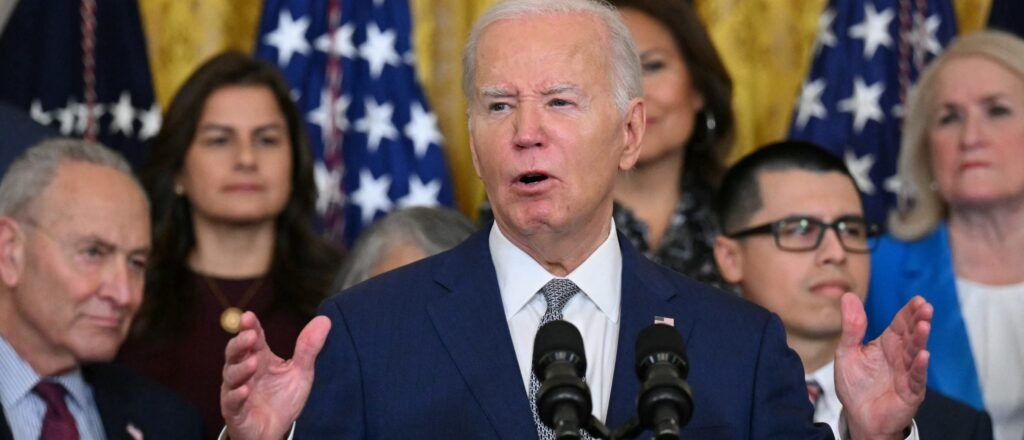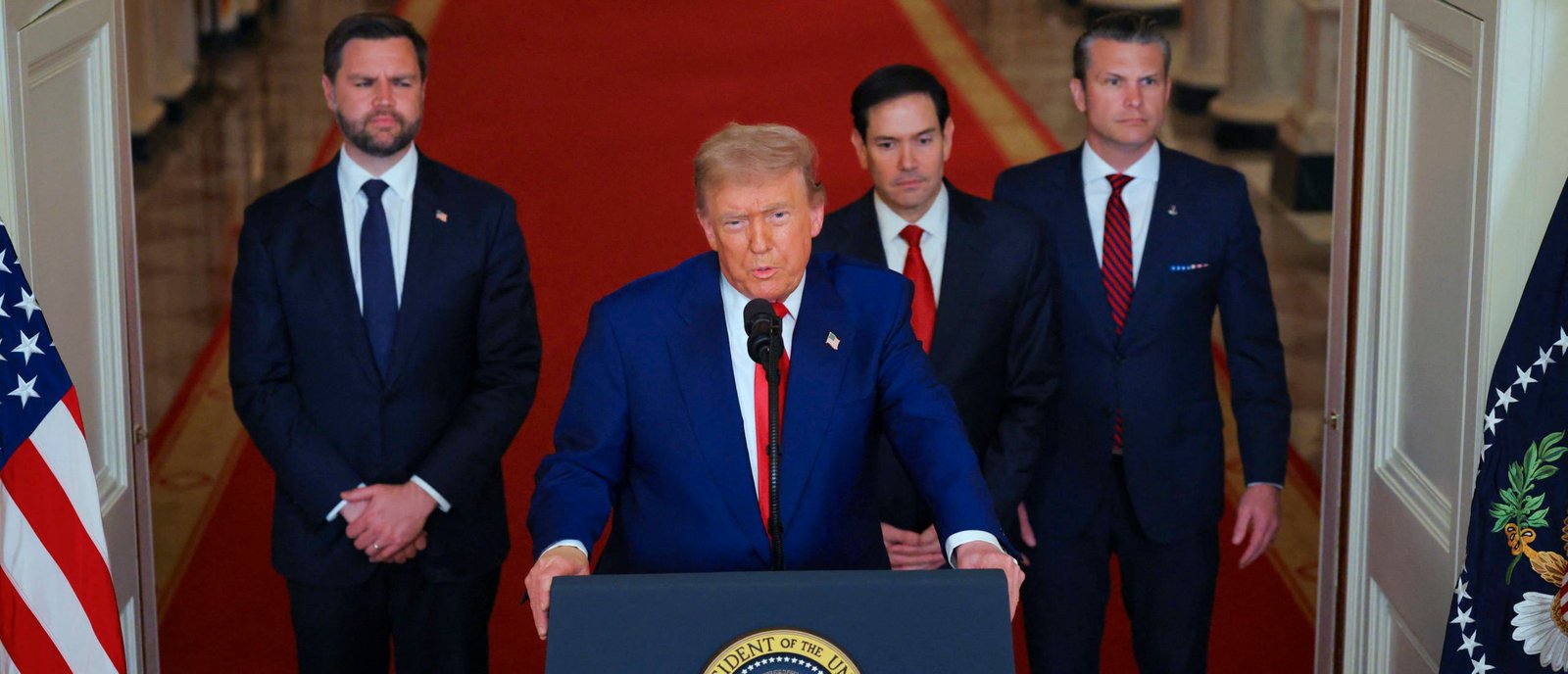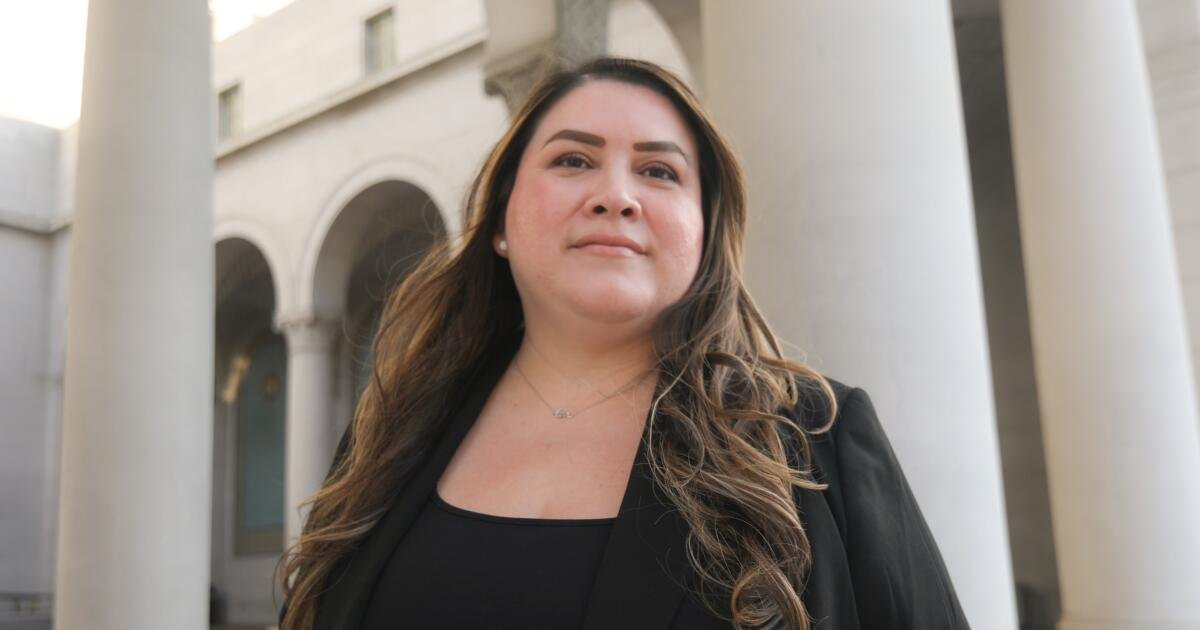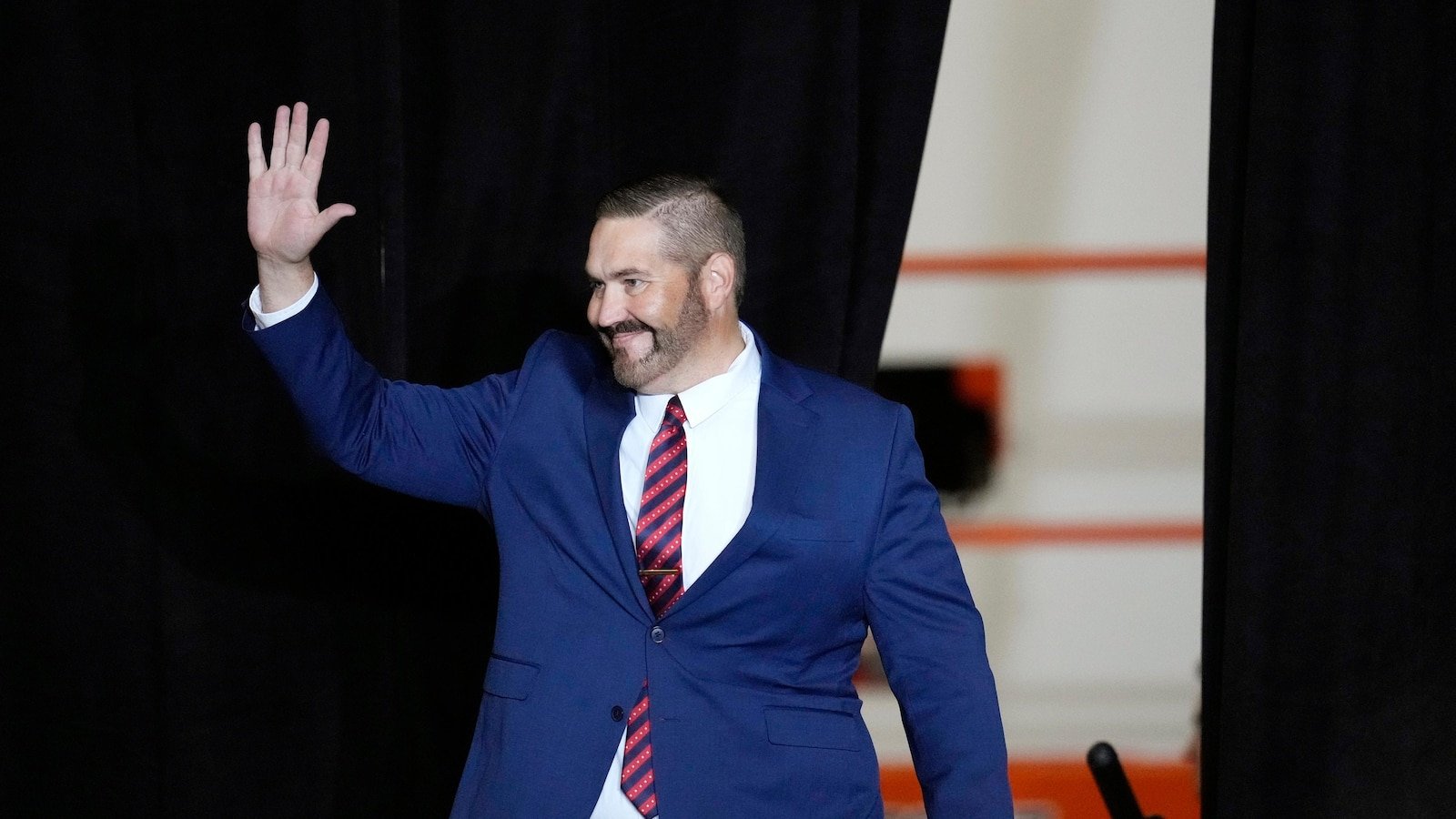The Congressional Budget Office (CBO) recently released a new report The federal government's financial situation is rapidly deteriorating.
Former CBO Director Douglas Holtz-Eakin Commented After the report's release, he said: “The Union budget journey has reached a bleak point with a desperate fiscal trajectory. There is an urgent need to reset the budget GPS.”
The speed and extent of the deterioration is abnormal, which means it's abnormally bad. (Related article: Fred Birnbaum: What politicians aren't telling you about Social Security “reform”)
When President Joe Biden takes office in 2021, CBO Estimates The federal government will spend $5.258 trillion this year, resulting in a budget deficit of $905 billion. As of last week, the full scope of Biden's economic policies was reflected in the budget. The CBO is currently The federal government will spend $6.8 trillion this year (up 29% from 2021 estimates) and run a deficit of $1.9 trillion (more than double the previous estimate).
Words alone cannot convey just how badly federal finances have deteriorated over the last few decades, and especially in recent years.
From fiscal years 1974 through 2008, the publicly held federal debt ranged from less than a quarter to just under half of gross domestic product (GDP). Policy analysts predicted large and continuing increases in the debt as a percentage of GDP, but lawmakers took solace in the knowledge that the day of reckoning would not come for many years.
Then came the Great Recession, which hit the U.S. economy hard and compressed years of debt into just a few months, causing publicly held federal debt to rise to levels not seen since the late 1940s.
Publicly held federal debt nearly doubled from 39.2% of GDP in fiscal year 2008 to 70% in fiscal year 2012. Over the next few years, the federal debt as a percentage of GDP grew slowly but steadily, reaching 79% of GDP just before the pandemic.
One saving grace of the Great Recession was that the increase in publicly held federal debt coincided with a sharp fall in interest rates, allowing the federal government to finance its debt at little cost.
Then the pandemic hit and the federal government's spending frenzy further ballooned the federal debt. Interest rates fell again, allowing the federal government to continue borrowing at rock-bottom rates.
But with the advent of the inflationary Biden Administration, federal interest costs have soared along with interest rates. This year alone, federal spending on net interest will total $892 billion, up 36% from last year and 153% from fiscal year 2021.
Unfortunately, the financial outlook will worsen dramatically over the next few years.
CBO projects that net interest spending will increase another 14 percent next year and grow at an average annual rate of 6 percent over the next nine years. Because nominal GDP growth is likely to slow, interest costs as a share of GDP will rise steadily.
The CBO projects that within 10 years, annual net interest costs will exceed $1.7 trillion. The difference between what the federal government pays in interest this year and what it will pay in interest 10 years from now is: Polandof total annual economic output.
Given projected increases in federal spending on health care and other mandatory spending programs, the federal budget is becoming increasingly out of control. Rising deficits lead to rising debt, and rising debt worsens deficits and further increases interest costs. It's a vicious cycle, and it's debilitating.
According to Phil Swagel:“It's a slow spiral, but it's still a spiral of increasing debt and increasing debt payments,” the current CBO director said. (Related article: James Carter: Analyzing the U.S. Treasury's Sordid Debt Crisis)
To avoid fiscal collapse, policymakers need to act to stabilize the federal debt-to-GDP ratio through a combination of spending restraints and policies to boost long-term economic growth.
The bulk of the spending restraint will necessarily have to come from mandatory spending, because discretionary spending is expected to decline sharply as a share of GDP over the next few years, probably unrealistically.
The combination of reduced spending and faster economic growth will produce the deficit reduction we need, generating additional savings in the form of reduced interest payments, which will further reduce the deficit. A virtuous cycle!
In Ernest Hemingway's classic novel, The Sun Also Rises, Scottish veteran Mike Campbell is completely penniless. When asked how he got broke, Mike responds, “There are two ways: gradually and suddenly.”
The Federal Government is the Mike Campbell of the 21st Century, and sadly, the country is going through a real-time transition from gradual bankruptcy to sudden bankruptcy. God help us.
James Carter served in the White House for two years as vice chairman of the National Economic Council, and later served as Assistant Secretary of the Treasury and Assistant Secretary of Labor under President George W. Bush.
The views and opinions expressed in this commentary are those of the author and do not necessarily reflect the official position of the Daily Caller News Foundation.
As an independent, nonpartisan news service, all content produced by the Daily Caller News Foundation is available free of charge to any legitimate news publisher with a large readership. All republished articles must include our logo, reporter byline, and affiliation with the DCNF. If you have any questions about our guidelines or partnering with us, please contact us at licensing@dailycallernewsfoundation.org.
















